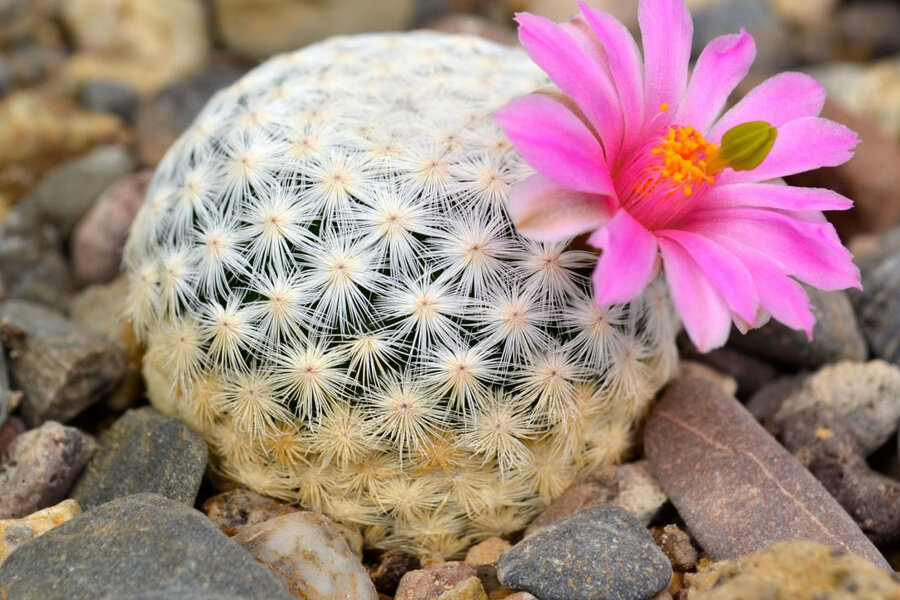Nearly one third of all cactus species are threatened by extinction
Loading...
Forget the whales – at least for a moment – there's another highly threatened species that doesn't get nearly as much attention.
A new study describes cactus as being among the "most threatened species," more so than mammals or birds because 31 percent of cactus species are near extinction. Cactus are the fifth most-threatened species in the world, according to a global survey of threatened species published by the International Union for Conservation of Nature Tuesday in the journal Nature Plants.
The study blames the current cactus decline on cattle ranching and illegal trade in cacti, which range from the stately saguaro of the Southwest to the mistletoe cactus – the only species not found in the Americas.
"The results of this assessment come as a shock to us," lead author Barbara Goettsch said in a release by the University of Exeter. "We did not expect cacti to be so highly threatened and for illegal trade to be such an important driver of their decline."
The news is disturbing, Inger Andersen, IUCN's director general told Reuters.
"They confirm that the scale of the illegal wildlife trade, including trade in plants, is much greater than we had previously thought," Ms. Andersen.
The cactus is certainly not the cuddliest on the list of threatened species, but it has a direct impact on America's ecosystems. The Chihuahuan Desert of the Southwest is home to a full quarter of the cactus species in the world. But while Arizona in particular has taken careful measures to protect the iconic cactus, the plants suffer from landscaping enthusiasts and all-out cactus theft. As The Christian Science Monitor reported back in 2003:
"Because of the booming market for desert plants used in landscaping, and over enthusiasm by private collectors, we are running the risk of losing certain species," says Christopher Robbins, a botanist and author of "Prickly Trade," a new report by the World Wildlife Fund in Washington.
The Chihuahuan Desert - one of the most biologically diverse deserts in the world - is home to almost a quarter of the 1,500 cactus species known to science, including many found nowhere else on earth. . . .Robbins's position is that existing laws against cactus collection are too complex and contradictory. He recommends that they be streamlined to allow legitimate nurseries to work toward sustainable production and exporting of cacti.
This report contains material from Reuters.






